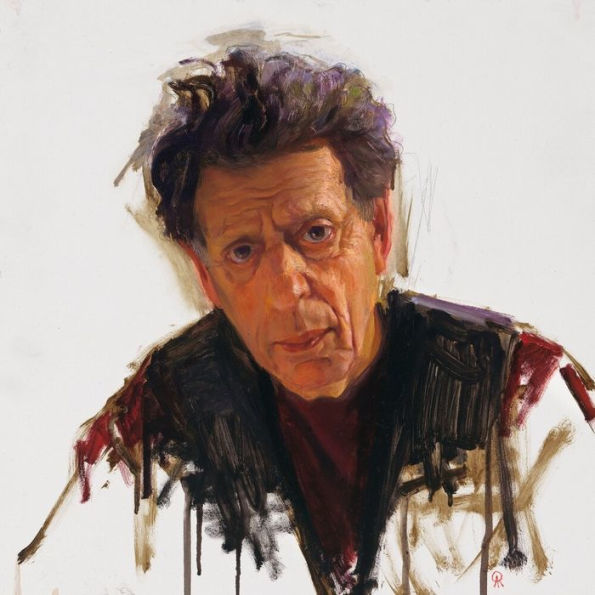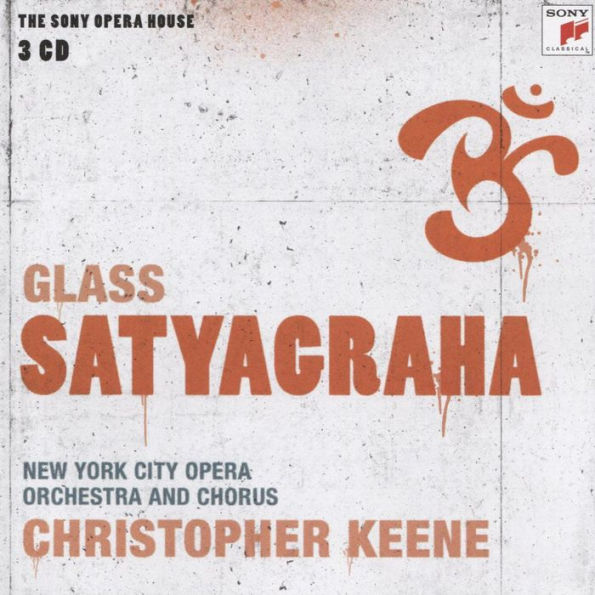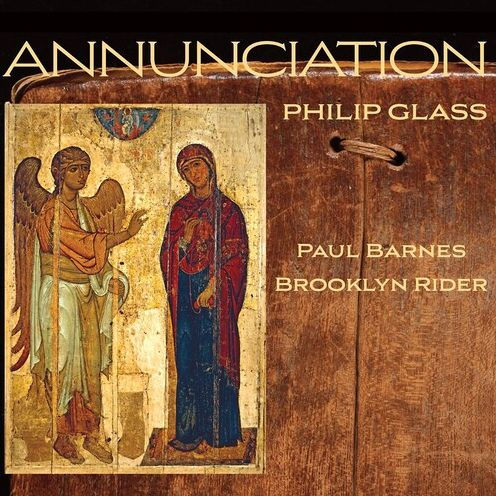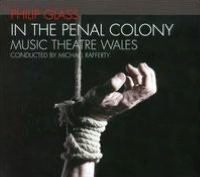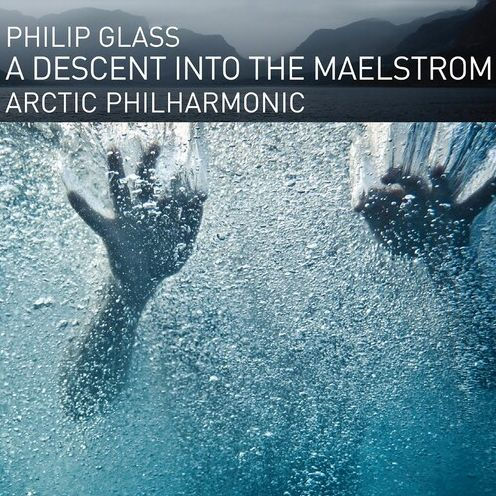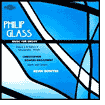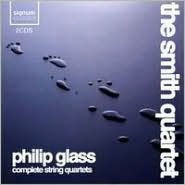Home
Philip Glass: Einstein on the Beach [1978 recording]
Barnes and Noble
Loading Inventory...
Philip Glass: Einstein on the Beach [1978 recording] in Bloomington, MN
Current price: $24.99

![Philip Glass: Einstein on the Beach [1978 recording]](https://prodimage.images-bn.com/pimages/0886979851528_p0_v1_s600x595.jpg)
Philip Glass: Einstein on the Beach [1978 recording] in Bloomington, MN
Current price: $24.99
Loading Inventory...
Size: OS
This opera, composed in 1975 and premiered in 1976, is scored for four principal actors, 12 singers doubling as dancers and actors, a solo violinist, and an amplified ensemble of keyboards, winds and voices. It is imbued with the postmodern spirit both in its non-linear, poetic, mystic narrative and the floating, eternal world created by the shifting, mathematically precise patterns of
Philip Glass
' modal music. There are three primary visual sets linked to three musical themes that recur within the work: trains (recalling the metaphors
Einstein
used to illustrate the theory of relativity, and with which he played as a child), a trial setting (modern life and modern science examined), and a spaceship (a metaphor for transcendence, and/or an escape from nuclear disaster). Also,
himself appears midway between the orchestra and the stage as a violinist (his hobby) and as observer/witness. There are also additional spoken texts written by
Christopher Knowles
,
Samuel M. Johnson
and
Lucinda Childs
, which appear in various arrangements for single and multiple voices. This work locates itself as a midpoint between the composer's early-'70s work, linking rhythmic and harmonic structures and his later series of operas and vocal works and
film scores
employing expanded narrative and/or timbral experiments. ~ "Blue" Gene Tyranny
Philip Glass
' modal music. There are three primary visual sets linked to three musical themes that recur within the work: trains (recalling the metaphors
Einstein
used to illustrate the theory of relativity, and with which he played as a child), a trial setting (modern life and modern science examined), and a spaceship (a metaphor for transcendence, and/or an escape from nuclear disaster). Also,
himself appears midway between the orchestra and the stage as a violinist (his hobby) and as observer/witness. There are also additional spoken texts written by
Christopher Knowles
,
Samuel M. Johnson
and
Lucinda Childs
, which appear in various arrangements for single and multiple voices. This work locates itself as a midpoint between the composer's early-'70s work, linking rhythmic and harmonic structures and his later series of operas and vocal works and
film scores
employing expanded narrative and/or timbral experiments. ~ "Blue" Gene Tyranny
This opera, composed in 1975 and premiered in 1976, is scored for four principal actors, 12 singers doubling as dancers and actors, a solo violinist, and an amplified ensemble of keyboards, winds and voices. It is imbued with the postmodern spirit both in its non-linear, poetic, mystic narrative and the floating, eternal world created by the shifting, mathematically precise patterns of
Philip Glass
' modal music. There are three primary visual sets linked to three musical themes that recur within the work: trains (recalling the metaphors
Einstein
used to illustrate the theory of relativity, and with which he played as a child), a trial setting (modern life and modern science examined), and a spaceship (a metaphor for transcendence, and/or an escape from nuclear disaster). Also,
himself appears midway between the orchestra and the stage as a violinist (his hobby) and as observer/witness. There are also additional spoken texts written by
Christopher Knowles
,
Samuel M. Johnson
and
Lucinda Childs
, which appear in various arrangements for single and multiple voices. This work locates itself as a midpoint between the composer's early-'70s work, linking rhythmic and harmonic structures and his later series of operas and vocal works and
film scores
employing expanded narrative and/or timbral experiments. ~ "Blue" Gene Tyranny
Philip Glass
' modal music. There are three primary visual sets linked to three musical themes that recur within the work: trains (recalling the metaphors
Einstein
used to illustrate the theory of relativity, and with which he played as a child), a trial setting (modern life and modern science examined), and a spaceship (a metaphor for transcendence, and/or an escape from nuclear disaster). Also,
himself appears midway between the orchestra and the stage as a violinist (his hobby) and as observer/witness. There are also additional spoken texts written by
Christopher Knowles
,
Samuel M. Johnson
and
Lucinda Childs
, which appear in various arrangements for single and multiple voices. This work locates itself as a midpoint between the composer's early-'70s work, linking rhythmic and harmonic structures and his later series of operas and vocal works and
film scores
employing expanded narrative and/or timbral experiments. ~ "Blue" Gene Tyranny
